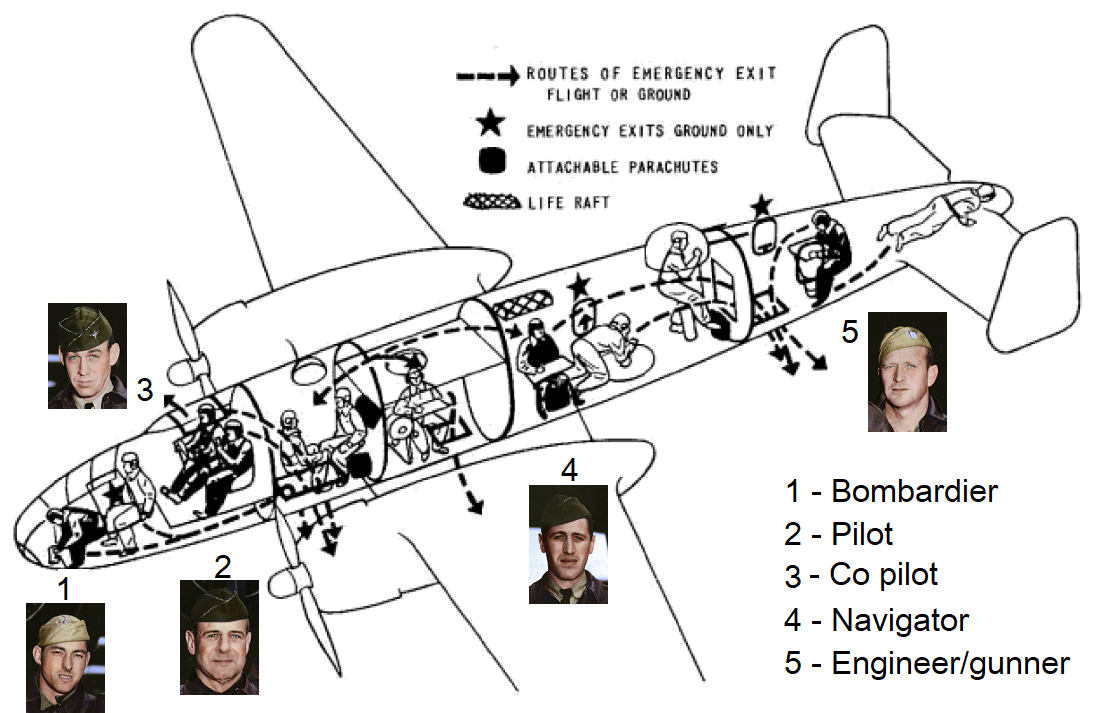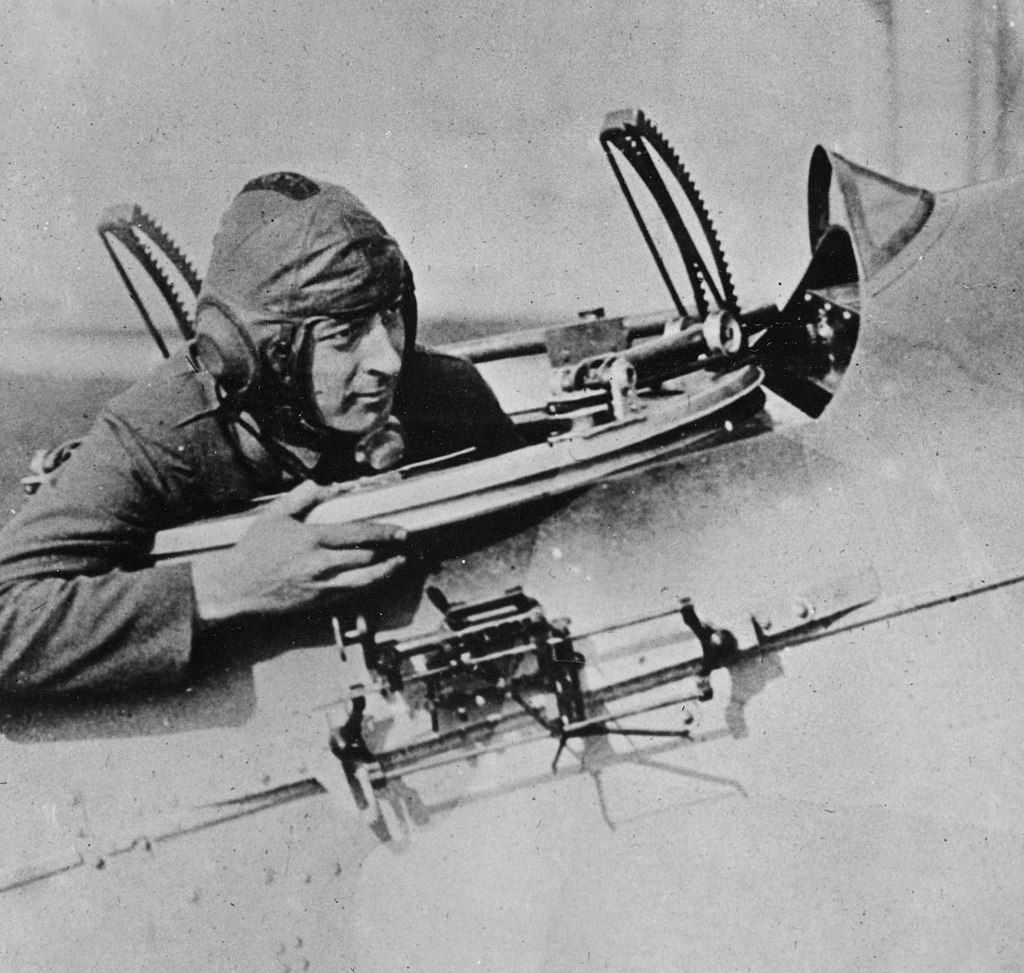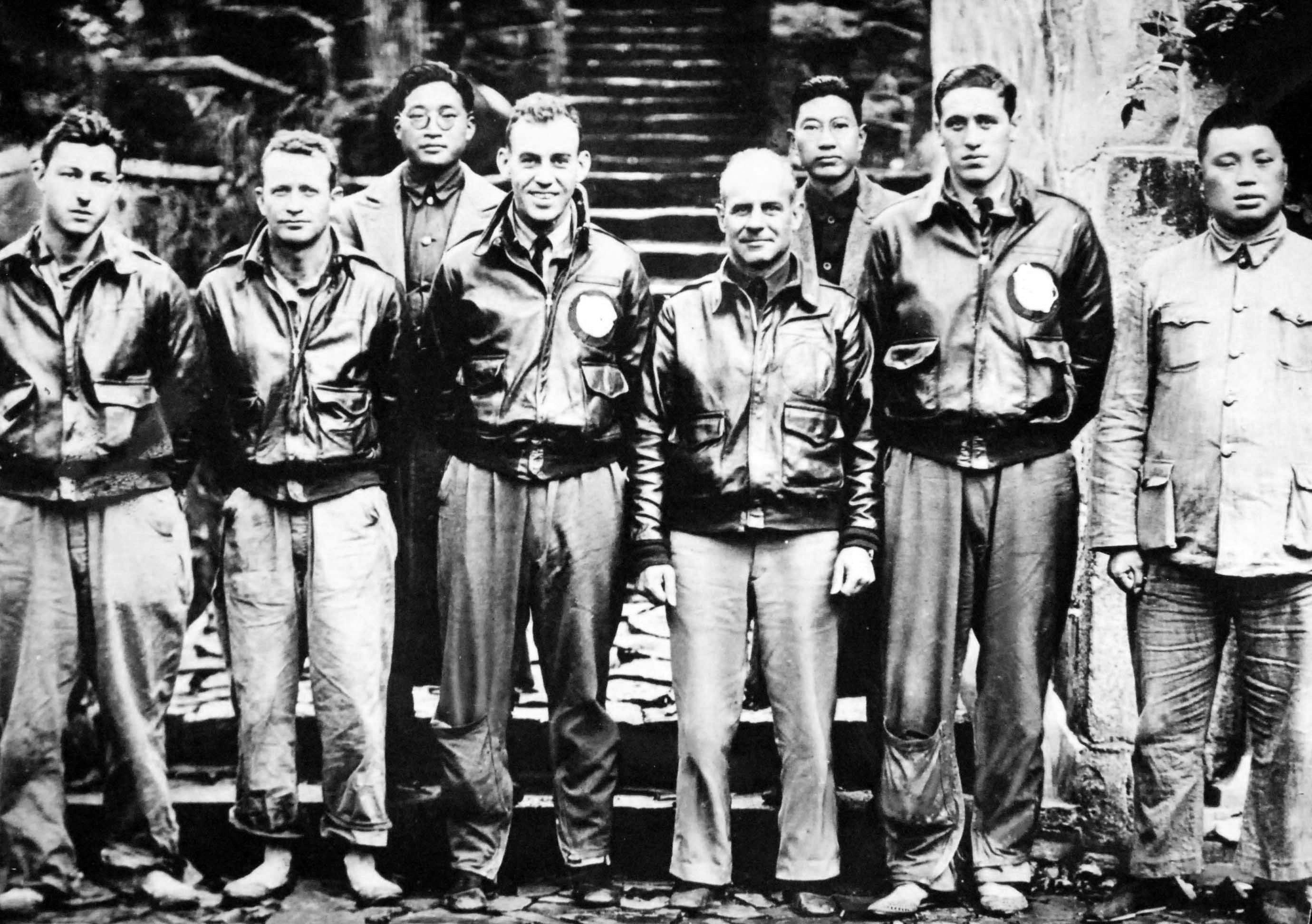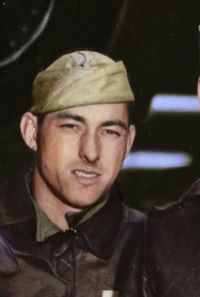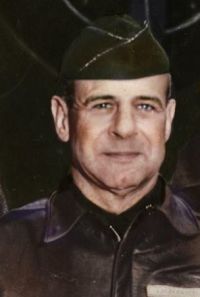Crew 01
First plane to take off from the USS Hornet on 18 April 1942

Datasheet plane
- Aircraft Squadron: | 34th Bomb Squadron |
- USAAF Serial number plane: | 40-2344 |
- AAN manufacturer's serial number: | 62B-3013 |
- Name of the plane: | The plane had no name - no individual markings |
- Take off date: | 18 April 1942 |
- Take off time: | Take off @ 08.20 am ship time USS Hornet |
- Place in line to take off: | 1st |
- Bombs on board: | 4 cluster incendiaries |
- Bombed area in Japan: | Tokio : Waseda (Tokio) and Nishi Okubo (Tokio) |
- Bombing of Japan - local time: | between 2.15 pm and 2.25 pm |
- Fate crew - 18 april 1942: | Bailed out above China - 09.25 pm |
- Fate plane - 18 april 1942: | Crash north east of Hangzhou, China |
The Crew
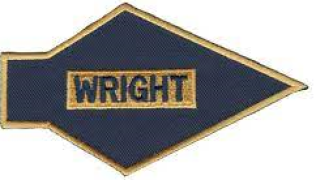



Target
The story of Crew 01
Each crew/plane, except plane 16/crew 16, circled around the USS Hornet after they took off. They flew over the deck of the USS Hornet to adjust the compass and the drift sight (see included picture) was lined on the white lines painted on the deck of the USS Hornet.
The crews of the Doolittle Raid, who departed from the aircraft carrier USS Hornet, flew approximately 650 miles (around 1,050 kilometers) from their starting point in the Pacific Ocean to Tokyo. The total flight duration from the Hornet to their targets in Japan varied but averaged around 4 to 5 hours, depending on the specific route and weather conditions.
Doolittle and his crew were the first to take off from the USS Hornet at 8:20 AM. They dropped their four incendiary bombs on Tokyo around 12:30 PM local time. Afterward, Crew 1 flew toward China, following Japan's west coast past Yakushima Island, according to Richard Cole, the co-pilot. Once past that island, they turned west and flew over the East China Sea toward China.
After their attack on Tokyo, the Doolittle Raiders had to cover a distance of approximately 1,600 to 1,800 miles (around 2,575 to 2,900 kilometers) to reach safe zones in China. This distance varied somewhat, depending on their specific course and where they ultimately landed or abandoned their planes. Originally, they planned to fly to airbases in China after the attack, but fuel shortages, bad weather, and the necessity of launching earlier than scheduled made this journey even more challenging for the Raiders.
In Doolittle’s report from July 9, 1942, he wrote: "Flew further to Tokyo and bombed the northern central industrial area with 4 clusters of incendiary bombs. Then flew onward to the Chinese coast, where very unfavorable weather conditions forced the crew to abandon the aircraft. The plane was set on autopilot, and the fuel valves were shut off. The pilot jumped last at 00:20 ship time, from an altitude of 8,000 feet, and landed near Tien Mu Shen, approximately 70 miles north of Chuchow, now called Quzhou. After landing, I contacted General Ho, director of the western branch of the Chekiang province, who agreed to take the necessary steps to gather the missing crew members, locate the plane, and establish an outpost for other planes in China, along the beach stretch between Hung Chow Bay and Wen Chow Bay, and with the sampans and junks that might head out to sea. All crew members were safe."
After the successful attack on Tokyo, the 15 B-25 bombers benefited from an unexpected tailwind, which helped them bridge the long journey to China. While this favorable wind improved their chances of a safe arrival, conditions rapidly worsened as they approached the Chinese coast. Just before reaching China, the crews encountered a severe storm with rain, lightning, and strong winds that severely limited visibility. Around 8:15 PM, according to the co-pilot, they reached the Chinese coast. For Crew 1, the situation became even more critical when they found no radio beacons as agreed, to guide them to a safe landing spot over Quzhou. Additionally, they searched in vain for flares that would outline the airfield for a nighttime landing. The combination of bad weather and lack of fuel made the situation extremely precarious for Doolittle and his crew.
With fuel running out, it became evident that they had no choice but to abandon the plane. At around 9:30 PM local time and at an altitude of 8,000 feet (2.4 kilometers), Doolittle gave the order for his crew to use their parachutes and jump from the aircraft. Flying at this altitude was necessary to avoid colliding with mountain peaks in the dark, stormy weather.
The crew members exited the aircraft in the following order: Fred A. Braemer, the bombardier, was the first to jump, followed by Henry A. Potter, the navigator, and Paul J. Leonard, the engineer-gunner. Richard E. Cole, the co-pilot, jumped fourth. Lastly, after ensuring everyone else had safely exited, James H. Doolittle himself jumped from the plane. Before jumping, he set the B-25 on autopilot to keep the plane stable as the crew exited.
Despite the hazardous weather conditions and the uncertainty about where they would land, the entire crew managed to reach the ground safely, although they were scattered across the rugged Chinese landscape due to the storm and poor visibility.
Sighting of Japanese land @ 36 20 N 140 40 E
Passed Yakushima Island turned West - direction Chinese coast @ 30 30 N 130 E @ 5:00 pm
Sighting of Chinese land @ 29 40 N 122 20 E @ 8.10 pm Crew was unable to find an airfied to land due to the heavy fog. Bailed out above occupied China @ 30 15 N 119 E @ 9.15 – 9.20 pm on 18 April 1942
Sergeant Breamer, Lieutenant Potter, Sergeant Leonard and Lieutenant Cole jumped in that order. Plane on automatic pilot. Doolittle jumped out after cutting off the fuel valves. Rainy, cloudy and misty weather. Plane crashed
Province : Zhejian province - China
Crew guided into free China by the Chinese resistance. Arrived in Chongqing, China between 18 and 25 april 1942.
FOR YOUR INFORMATION :
Each plane has a special speed where it can achieve a lift off/take off. For the B-25 Mitchell bomber is this between 90 -120 knots,
The USS Hornet turned into to wind before the take offs of the planes. Speed of the USS Hornet was 30 knots. This gave the pilots an advantage of 30 knots.
Pilot Jimmy Doolittle and the others took off with a wind of 20 knots over the flight dek of the USS Hornet.
This gave the fliers a total advantage of 50 knots.
The fliers needed 40 more knots to take off. So when the planes lift off/take off they were moving across the ground at 40 knots but the airspeed across the wings was 90 knots. Enough for them to take off.
All of the bombers had the same take off distance of 467 feet or 142.34 meters. Fliers who took off behind Pilot Jimmy Doolittle taxied forward to the same spot as pilot Jimmy Doolittle started from. The reason they did this was to minimize the risk of hitting the carrier’s “island/bridge” on the take off.
As far as how they took off, the pilots practiced techniques for getting the bomber B-25 Mitchell airborne in the shortest distance possible, also the bombers were specially lightened,
Conversions knots into km/h : https://www.metric-conversions.org/nl/snelheid/knots-naar-kilometers-per-uur.htm
Conversions knots into mph : https://www.metric-conversions.org/speed/knots-to-miles-per-hour.htm
Sergeant Paul Leonard KIA on 5 January 1943 in Algeria – in Youks-les-Bains – by enemy fire. He was reburied in Santa Fe, New Mexico.
Crew 01 - Pilot report James H. Doolittle - click here - copyright @ nara-usa - public domain
The procedure adopted for best operation efficiency for take off was as follows:
- Line up nose wheel with the white line and airplane in take off direction.
- Wing flaps in the full down position.
- Elevator trim tabs set ¾ tail heavy.
- Wheel brakes set.
- Full power – Throttles full forward and propellers in maximum RPM.
- Release brakes on signal from flag man.
- Allow airplane to roll then almost immediately ease control yoke to full back position until tail skid was about 6 inches from the deck
- As soon as airplane left the deck, ease the stick forward to gain flying speed, milk flaps up and reduce power to desired settings.
----------
3rd picture is Henry Potter in Chongqing, 26 June 1942.
4th picture : Doolittle raiders F. A. Braemer, P. J. Leonard, R. E. Cole, James Doolittle and H. A. Potter in Zhejiang Province, China, circa 19 Apr 1942.
Pictures copyright @ nara-usa - public domain
Crew picture : copyright @nara-usa - public domain - colored by : Our colorful history @ https://www.facebook.com/historyrestored - used with permission - Thank you so much for the wonderful crew pictures.
The Heroes of Doolittle's raid on Japan in april 1942
by Mr. Geert Rottiers
The book will be available soon.

